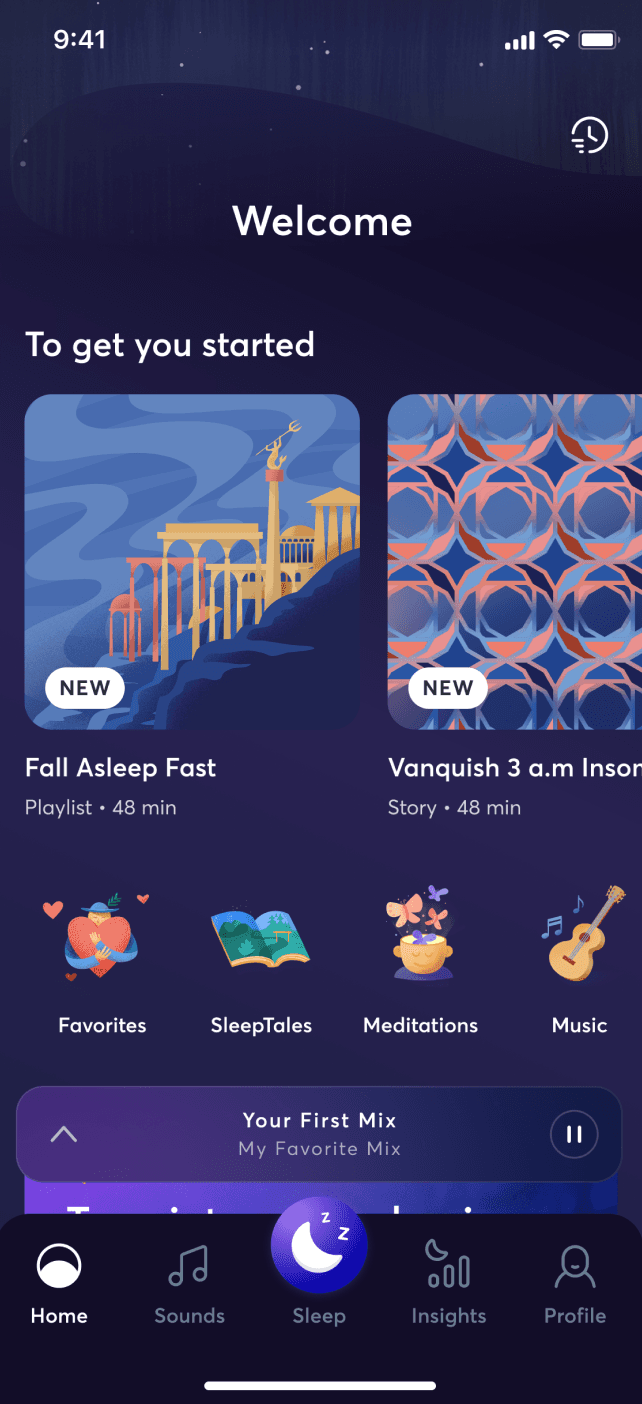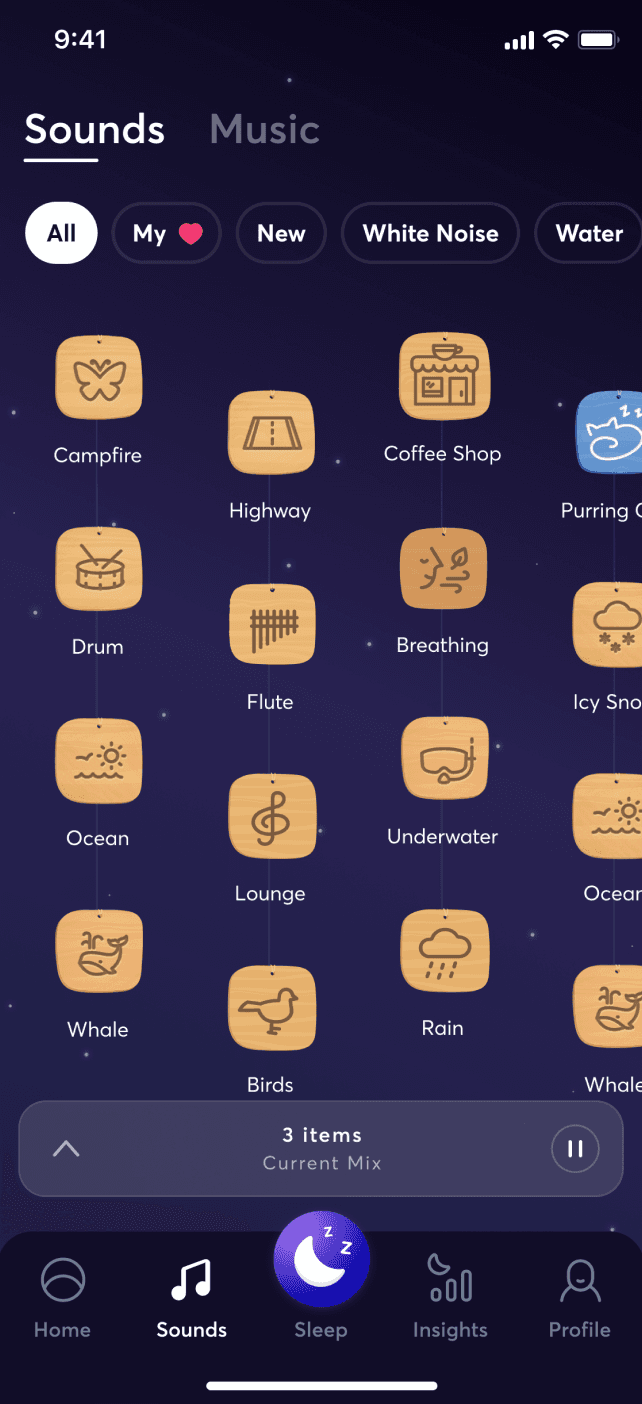
Your Guide to Night Lights
Creating the proper sleep environment helps improve the quality of your sleep. There are different factors like bedding, pillows, temperature, sound, and even light.
While light can reduce the production of melatonin, making it harder to sleep, some lights can improve sleep quality.
Night lights are usually dim and can be used by people of all ages, and for different reasons.
Night Lights for Adults
When people hear of night lights, they automatically think of them being used for a child because of their fear of the dark. Night lights help bring light to dark areas or outlines of the room. You may not know that night lights can be used for adults, too.
Adults who suffer from anxiety use night lights. It helps bring a sense of calmness that can sometimes be hard to attain when the room is dark. Night lights for adults don’t have to always be the conventional plug-in ones. It could be a hallway, bathroom, or bedside table light that is used.
Adults that suffer from sleep deprivation also use night lights to aid in relaxation
Different Types of Night Lights
All lights are not created equally. Bright lights will make it difficult for you to sleep. Using a small, dim night light will help increase the production of melatonin.
When it comes to getting sleep, darkness or dim lights are the best routes. This is why places use dim lights to create a relaxed ambiance.
Night lights have endless options:
- Plug-in night lights.
- Bedside night lamp.
- Starry night light projector.
Starry night light projectors are becoming a common option for relaxing people in their bedrooms, as it projects an illusion of the night sky on your bedroom ceiling. People should still be careful when using this option, as different colors and brightness can throw off your circadian rhythm by interrupting your sleep.
What Color Light Helps You Sleep?
Not only does brightness matter with lights, but so does the color. Different colors of lights will affect your melatonin levels. The photoreceptors in your eyes send signals to your brain and that is what tells it to produce melatonin. Lights that have smaller wavelengths make it harder to sleep.
Your eyes are sensitive to blue light and that’s why it should be avoided in all forms before bed.
The best color lights to use when you are trying to rest are warm colors. These colors have a longer wavelength. Red light is the perfect color to relax you. Yellows and deep oranges are also options for your bedside lamp or night light.
Once you're set up with a great nightlight, the BetterSleep app has plenty of sleep content to improve your night’s rest.






















